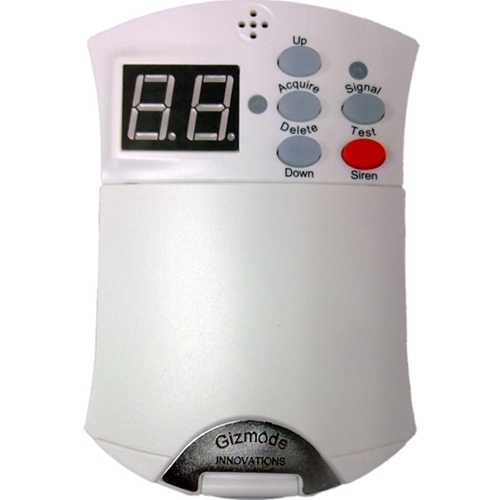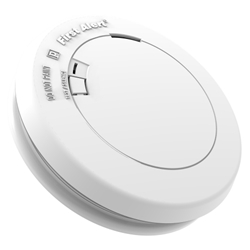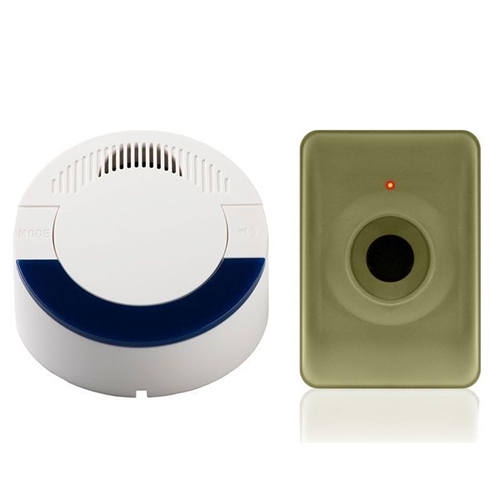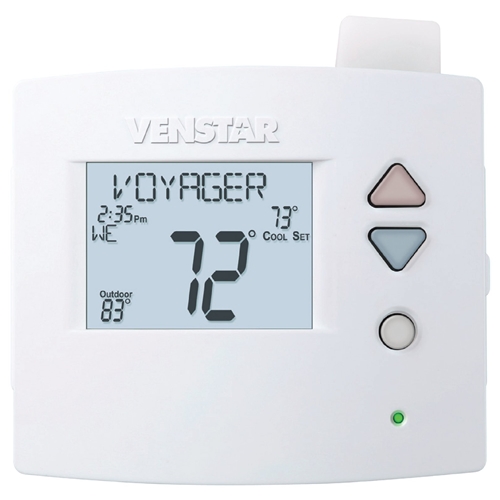 Does the switch to Daylight Saving Time have you dreaming of heading for the park or the bike trail instead of tackling springtime home maintenance chores? We’re with you! However, if you’re a handy homeowner, we can help you narrow down the list of projects for this spring. Our tips will help you focus on the must-do maintenance tasks to get your home ready for the new season and you’ll still have plenty of time to enjoy the longer days and warmer weather!
Does the switch to Daylight Saving Time have you dreaming of heading for the park or the bike trail instead of tackling springtime home maintenance chores? We’re with you! However, if you’re a handy homeowner, we can help you narrow down the list of projects for this spring. Our tips will help you focus on the must-do maintenance tasks to get your home ready for the new season and you’ll still have plenty of time to enjoy the longer days and warmer weather!
Inspect the Roof and Attic for Leaks
Winter wear and tear can take a toll on the roof, so grab a ladder and look for cracked or missing shingles. Its also important to inspect joints around chimneys and skylights where water can seep in. You should be able to repair your roof if it is less than 20 years old with minimal damage. If your home has an older roof, you may want to start saving for a replacement.
Now is also a good time to check your attic for leaks or water stains. If you see evidence of leakage, install a water alarm to monitor the spot and prevent expensive water damage. The Flood Screamer Wireless Water Alarm System allows you to monitor up to 32 Water Puck sensors that you can place at strategic points where water damage may occur. When a Water Puck sensor gets wet, it sends a wireless signal to the Flood Screamer, which sounds an alert and indicates where the problem is located.
Service the Air Conditioner
Before the first heat wave strikes, service your A/C units or system to improve efficiency and lower your energy bill. If your home has central air conditioning, call your HVAC professional early in the season before they get busy. To save even more on cooling costs, replace your old thermostat with a programmable thermostat . It can help minimize energy consumption by adjusting the temperature automatically when you’re at work or sleeping.
The Venstar T3700 Explorer Residential Digital Thermostat 2H/1C with WiFi or ZWave Capability can be set for seven day, single day, or five-and-two day programming. Smart home enthusiasts can choose how they want to connect via WiFi or Z-Wave and tap into the thermostat from inside or outside the house using a tablet or smartphone.
Replace Batteries in Smoke Detectors
The National Fire Protection Association recommendations changing the batteries in your smoke and carbon monoxide detectors when you changed the time on your clocks. If you missed it, it’s not too late to do it now. Smoke alarms with non-replaceable 10-year batteries like the First Alert 10-Year Sealed-Battery Photoelectric Smoke Alarm are a convenient option for those who prefer an alarm with uninterrupted protection.  The alarm’s sensor can detect slow smoldering fires while reducing the chances of triggering nuisance alarms. Or upgrade to hard-wired smoke detectors which will continue to operate on A/C power, even with a dead backup battery. These are considered safer because they are typically interconnected. This means all the smoke detectors in your home will go off simultaneously, no matter where the fire is located.
The alarm’s sensor can detect slow smoldering fires while reducing the chances of triggering nuisance alarms. Or upgrade to hard-wired smoke detectors which will continue to operate on A/C power, even with a dead backup battery. These are considered safer because they are typically interconnected. This means all the smoke detectors in your home will go off simultaneously, no matter where the fire is located.
Get the Yard Summer-Ready
Prepping your yard and landscaping for summer is a must do for every homeowner. You’ll want to pick up fallen sticks, rake any remaining leaves and trim dead branches from trees. For a great-looking lawn, plan on seeding barren spots and fertilizing.
Upgrade Your Security with a Driveway Alarm
 A driveway alarm or alert is a simple solution for protecting the first point of entry to your home or property. These alarms feature a monitor that sends out an alert as soon as a vehicle enters or leaves the driveway. The driveway alert sensor gets triggered and its receiver sounds an audible beep or chime and/or flashes a light. You can choose the type of alert you need depending on what you want to monitor. Most models are reasonably priced and easy to install. Visit us at DIYControls.com to view our full selection of home improvement devices. Our experts are happy to help you make your home summer-ready!
A driveway alarm or alert is a simple solution for protecting the first point of entry to your home or property. These alarms feature a monitor that sends out an alert as soon as a vehicle enters or leaves the driveway. The driveway alert sensor gets triggered and its receiver sounds an audible beep or chime and/or flashes a light. You can choose the type of alert you need depending on what you want to monitor. Most models are reasonably priced and easy to install. Visit us at DIYControls.com to view our full selection of home improvement devices. Our experts are happy to help you make your home summer-ready!



